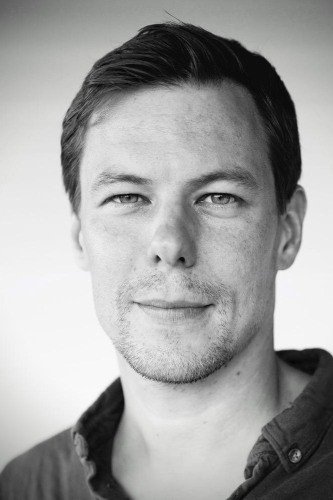
Thomas Serre
Biography
Thomas Serre, Ph.D. seeks to understand the neural computations supporting visual perception. His research focuses on both the development of computational models of the visual cortex as well as the development of computer vision and ML algorithms methods and their application for the automated analysis of neuroscience and other biology data. There is little doubt that even a partial solution to the question of which computations are carried out by the visual cortex would be a major breakthrough: it would begin to explain one of our most amazing abilities, vision; and it would open doors to other aspects of intelligence such as language, planning or reasoning. It would also help connect neurobiology and mathematics, making it possible to develop computer algorithms that follow the information processing principles used by biological organisms and honed by natural evolution.
Serre’s research is currently funded by DARPA, ONR, NSF and NIH. At Brown, Serre has designed the first of its kind fully automated high-throughput rodent behavioral testing facility (rndb.clps.brown.edu). In collaboration with Professor Dima Amso, he has developed a suite of computer vision algorithms to fully automated behavioral analysis collected through an array of sensors (depth and video cameras, portable eye tracking, skin and heart rate sensors, etc.). In a collaboration with Professor Cash at MGH, he has developed a system for automatically assessing the behavior of epileptic patients within their hospital room while simultaneously readout intent using deep learning methods from neural data toward understanding the neural basis of volitional state. He collaborated with evolutionary biologists (Professors Morand-Ferron and Chaine) to develop computer vision systems for automated analysis of bird behavior (to study cognition in the wild). In a project that just ended, he developed a deep-learning based computer vision algorithm capable of detecting tumors in pathology slides in collaboration with clinicians at the Rhode Island Hospital. Currently, his group is developing deep-learning-based architectures both as computer vision algorithms for automated analysis of images and as computational models of the visual system. Finally, they are also laying the groundwork for the development of machine-learning methods towards the development of neural prosthetics with Trainer Borton.